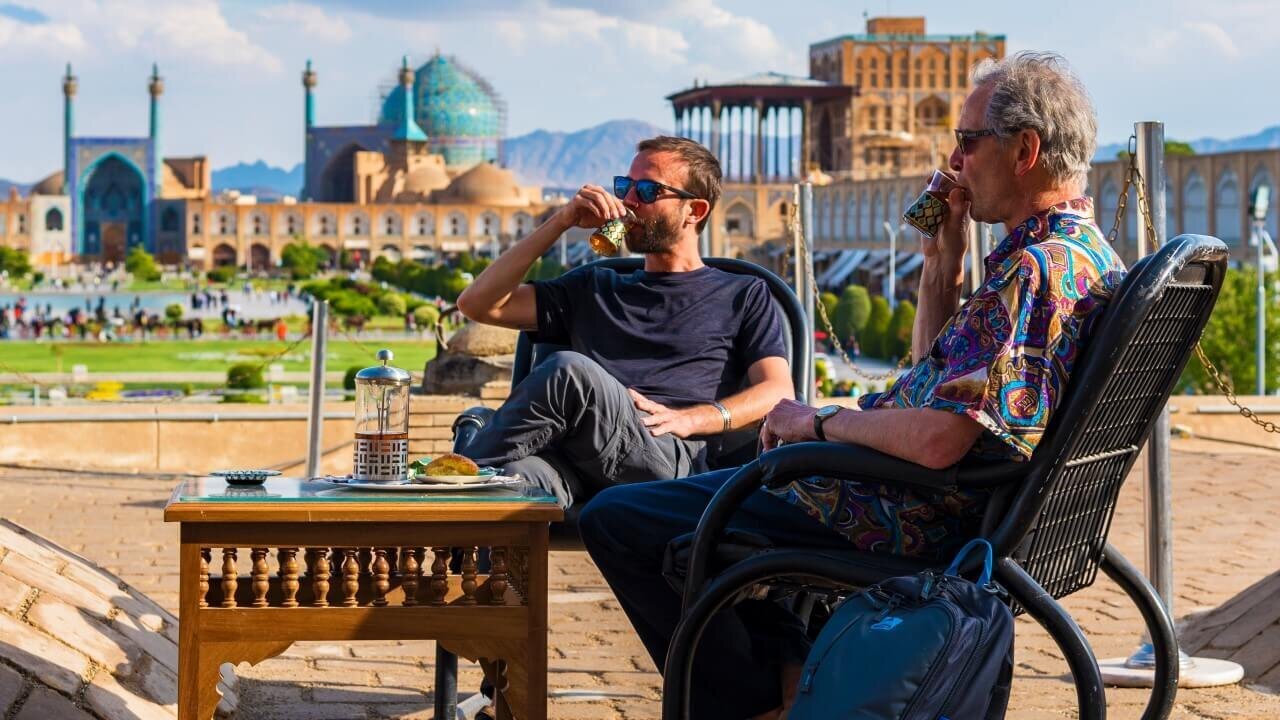INSUBCONTINENT EXCLUSIVE:
dedicated to recognizing and protecting the cultural treasures that connect us to the past.For Iran, a nation with a millennia-old
civilization and an exceptional wealth of historic landmarks, this occasion holds special meaning.The ancient land, often referred to as the
to historical bathhouses, bridges, madrasas, churches, mausoleums, towers, and royal mansions
This architectural diversity reflects the layers of history and civilizations that have shaped the country over millennia.With 28 sites
inscribed on the UNESCO World Heritage list, Iran ranks among the top nations in the world in terms of recognized heritage sites
These include iconic places like Persepolis, the ceremonial capital of the Achaemenid Empire; Naqsh-e Jahan Square in Isfahan, a masterpiece
of Islamic architecture; and the Historical City of Yazd, a living testimony to desert urban planning and Zoroastrian culture.Like previous
sites would be free of charge to make the day.While each year's IDMS comes with a different theme, the International Council on Monuments
and Sites encourages countries to highlight topics most relevant to their own cultural context
In Iran, where heritage preservation often faces challenges such as urban development, climate change, and insufficient public awareness,
this day serves as a valuable occasion to raise attention and promote conservation efforts.Beyond celebration, April 18 is a call to action
inviting people of all ages to engage with their cultural roots.As cultural heritage becomes increasingly threatened in many parts of the
world, the International Day for Monuments and Sites reminds us of the importance of international solidarity
continues to inspire awe and admiration today.AM
This article first appeared/also appeared in Tehran Times

